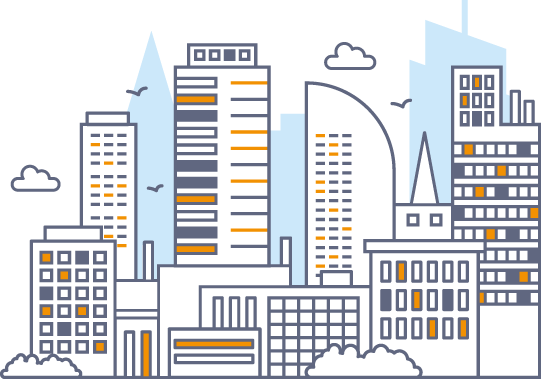The concept of smart cities continues to evolve, driven by technological advancements and a growing awareness of the need for sustainable urban development. As we step into 2024, several key trends are set to shape the trajectory of smart cities around the world. These trends encompass a wide range of technologies and approaches aimed at making cities more efficient, liveable, and responsive to the needs of their residents. Let’s explore the trends that will define smart cities in 2024.
1. 5G Connectivity and IoT Expansion
The rollout of 5G networks is set to accelerate the adoption of the Internet of Things (IoT) in smart cities. With ultra-fast and low-latency connections, 5G enables real-time data transmission, making it ideal for IoT applications. Expect to see a proliferation of smart sensors and devices that monitor everything from traffic flow to air quality, enhancing data-driven decision-making for city planners.
2. AI-Driven Urban Planning
Artificial Intelligence (AI) is increasingly being used to analyse vast amounts of data collected by smart city sensors. This data is then used to optimise urban planning, traffic management, and resource allocation. In 2024, AI will play a pivotal role in creating more efficient and sustainable city designs.
3. Sustainable Transportation Solutions
As urban congestion and environmental concerns grow, smart cities are focusing on sustainable transportation. Electric vehicles, bike-sharing programs, and enhanced public transit systems will become more prevalent. Moreover, Mobility as a Service (MaaS) platforms will integrate various transportation modes into a seamless and eco-friendly experience for commuters.
4. Renewable Energy Integration
Smart cities are increasingly turning to renewable energy sources to power their infrastructure. Solar panels, wind turbines, and advanced energy storage solutions will be integrated into the urban landscape to reduce carbon footprints and enhance energy resilience.
5. Blockchain for Governance and Security
Blockchain technology is gaining traction in smart cities for its ability to enhance security and transparency. It can be used for secure identity verification, secure voting systems, and tamper-proof record-keeping, all of which contribute to better governance and data protection.
6. Augmented Reality (AR) for Urban Design
AR technology is being used to visualise urban development projects before they are built. City planners and residents can explore proposed changes to the cityscape in real-time, allowing for better-informed decisions and greater community engagement in urban development.
7. Community-Centric Data Initiatives
Smart cities are recognizing the importance of involving residents in data collection and decision-making. Community-centric data initiatives, such as participatory budgeting and crowdsourced urban planning, will become more widespread to ensure that smart city projects align with the needs and preferences of the community.
8. Resilience and Disaster Preparedness
With the increasing frequency of extreme weather events, smart cities are investing in resilient infrastructure and disaster preparedness. This includes early warning systems, flood-resistant buildings, and evacuation planning powered by real-time data and predictive analytics.
9. Digital Inclusion and Equity
Addressing the digital divide is a top priority for smart cities in 2024. Efforts will focus on ensuring that all residents, regardless of socioeconomic status, have access to digital services and opportunities for participation in the smart city ecosystem.
10. Circular Economy Practices
Smart cities are embracing circular economy principles to reduce waste and promote sustainability. Initiatives such as recycling programs, waste-to-energy projects, and the promotion of eco-friendly products and practices will be at the forefront of urban sustainability efforts.
In conclusion, 2024 promises to be a pivotal year for smart cities as they continue to evolve and adapt to the changing needs of their residents. These trends represent a collective effort to create more efficient, sustainable, and inclusive urban environments. As we move forward, it’s clear that technology and innovation will continue to play a central role in shaping the cities of the future.
Written by:
Jess Brant Vice President of FiberCity®/Smart City Programs at SiFi Networks


